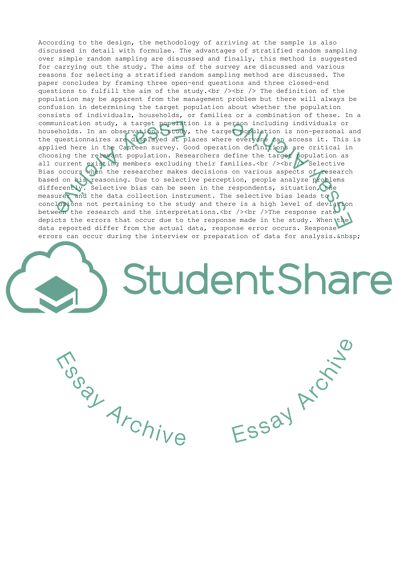Cite this document
(Quantitative Methods in Information Management Case Study, n.d.)
Quantitative Methods in Information Management Case Study. Retrieved from https://studentshare.org/management/1711355-quantitative-methods-in-information-management
Quantitative Methods in Information Management Case Study. Retrieved from https://studentshare.org/management/1711355-quantitative-methods-in-information-management
(Quantitative Methods in Information Management Case Study)
Quantitative Methods in Information Management Case Study. https://studentshare.org/management/1711355-quantitative-methods-in-information-management.
Quantitative Methods in Information Management Case Study. https://studentshare.org/management/1711355-quantitative-methods-in-information-management.
“Quantitative Methods in Information Management Case Study”, n.d. https://studentshare.org/management/1711355-quantitative-methods-in-information-management.


